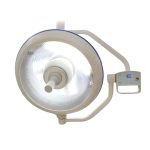Decoding LED Light Colors: Understanding What They Mean
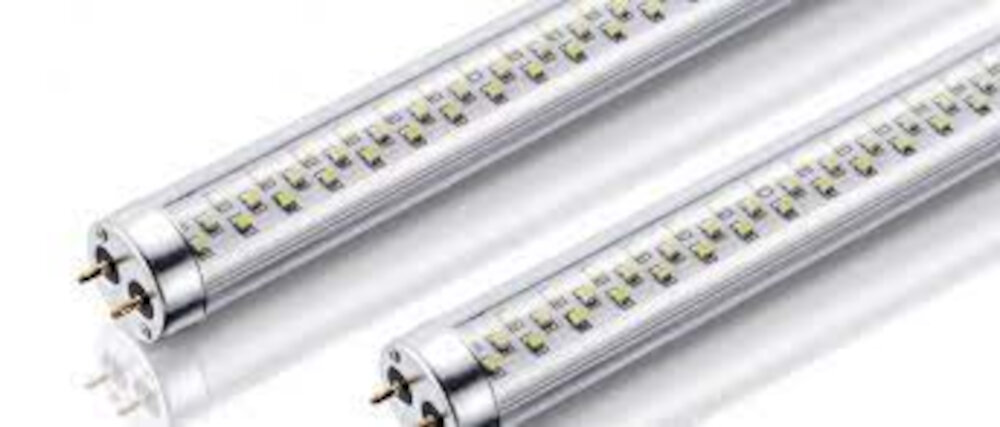
The world of technology is constantly evolving and advancing, and one of the most significant developments in recent years has been the widespread use of LED lights. These energy-efficient lights have become a popular choice for illuminating homes, offices, and public spaces, as well as for use in electronic devices such as TVs, computers, and smartphones. However, many people are not aware that the color of LED lights can convey important information about the device or system they are used in. Understanding the meaning behind LED light colors can be crucial for troubleshooting issues, identifying problems, and ensuring optimal performance. Decoding LED light colors is not just relevant for tech enthusiasts or professionals, but for anyone who uses electronic devices or relies on lighting systems. The different colors of LED lights can indicate various states, such as power on/off, battery levels, network connectivity, and more. Being able to recognize and interpret these signals can help users take appropriate action, such as charging a device, resetting a system, or seeking technical assistance. Moreover, LED light colors can also enhance user experience by providing visual feedback and improving accessibility, particularly for people with color blindness or visual impairments. In this article, we will delve into the meanings behind LED light colors, explore common applications, and provide tips for troubleshooting and optimizing LED-based devices and systems.
LED lights, also known as Light Emitting Diodes, are a type of semiconductor that emits a bright light when an electrical current is passed through it. These lights have revolutionized the lighting industry due to their energy efficiency and long lifespan. Unlike traditional incandescent bulbs, LED lights do not produce heat, making them safer to use and reducing the risk of fire. LED lights also come in a range of colors, each with its own meaning and purpose. Understanding the different colors of LED lights can help you create the desired atmosphere and mood for any occasion, from cool blue tones for relaxation to warm amber hues for a cozy and inviting feel.
Understanding LED light colors is significant in a multitude of ways. Firstly, it helps in determining the appropriate lighting for a specific environment or task. Each color has a unique wavelength that influences the mood, visibility, and even productivity. For instance, warm white light is perfect for creating a cozy and relaxing ambiance in living rooms, while cool white light is preferred in workspaces as it promotes alertness and concentration. Secondly, it aids in enhancing energy efficiency and reducing electricity bills. Choosing the right LED color temperature can minimize unnecessary energy consumption and ensure optimal lighting. Lastly, comprehending LED light colors can also assist in selecting the best LED bulbs and fixtures for a particular space, ensuring longevity and cost-effectiveness.
Common LED Light Colors and Their Meanings

LED lights are a popular lighting option for both residential and commercial settings. One reason for their popularity is the ability to choose from a variety of colors, each with its own unique meaning. The most common LED light colors include red, green, blue, yellow, and white. Red is often associated with warmth, passion, and energy. It can be used to create an inviting atmosphere in a living room or bedroom. In a commercial setting, red LED lights can be used to draw attention to a particular product or area of the store. Green LED lights, on the other hand, are often associated with nature, growth, and prosperity. This color can be used in a variety of settings, from a home office to a retail store. Blue LED lights are often associated with calmness, serenity, and relaxation. They can be used in a bedroom or bathroom to create a peaceful atmosphere. In a commercial setting, blue LED lights can be used to promote products that are associated with relaxation, such as spas or yoga studios. Yellow LED lights are often associated with happiness, optimism, and creativity. This color can be used to create a bright and cheerful atmosphere in a living room or kitchen. In a retail setting, yellow LED lights can be used to draw attention to a particular product or display. Finally, white LED lights are often associated with cleanliness, purity, and simplicity. They can be used in a variety of settings, from a modern office to a minimalist living room.
Red is a color that evokes a wide range of emotions, from passion and intensity to danger and warning. In the world of LED light colors, red is often associated with energy and power, making it a popular choice for emergency signals, brake lights, and warning signs. It is also commonly used in decorative lighting and holiday displays, adding warmth and vibrancy to any setting. Red is a bold and attention-grabbing color that demands to be noticed, making it an effective tool for communication and visual impact. Whether used for practical or aesthetic purposes, red is a versatile and powerful color that has stood the test of time.
Green is a color that is commonly associated with nature, growth, and harmony. It is a versatile color that can be both calming and invigorating, depending on the shade and context in which it is used. In terms of LED lighting, green is often used to indicate that a device is on or in use, such as on a power button or indicator light. Green can also be used in decorative lighting to create a calming and relaxing atmosphere, especially in areas such as bedrooms or meditation spaces. Additionally, green light has been shown to have some therapeutic benefits, such as reducing anxiety and promoting healing.
The color blue is often associated with serenity, calmness, and tranquility. It is a cool color that evokes a sense of relaxation and peace, making it a popular choice for bedrooms and bathrooms. In LED lights, blue can also signify a range of meanings depending on its shade and intensity. A bright, vibrant blue can represent energy and excitement, while a softer, more muted blue can indicate a sense of trust and reliability. Blue can also be used to create a sense of depth and distance, making it a popular choice for outdoor lighting and landscape design. Overall, the color blue is a versatile and dynamic color that can convey a wide range of emotions and meanings in LED lighting.
Yellow is a vibrant and eye-catching color that has a wide range of meanings and associations. In the context of LED light colors, yellow is often used to convey warmth, energy, and happiness. It is a popular choice for mood lighting in homes and businesses, as well as for outdoor lighting in public spaces. Yellow is also commonly associated with caution and warning, as seen in traffic lights and warning signs. In addition, yellow is a color that is often associated with creativity and inspiration, making it a popular choice for artists and designers. No matter how it is used, yellow is a versatile and powerful color that can have a big impact on our emotions and perceptions.
White is a versatile color in LED lights that can be used in a wide range of settings. It is often associated with clarity, purity, and simplicity, making it a popular choice for home and office environments. White light is also used in medical and scientific applications due to its precise color rendering and ability to highlight fine details. In LED lighting, white light can be achieved through a combination of different colors, including red, green, and blue, or through the use of phosphors. The color temperature of white light can also vary, with cooler temperatures appearing more blue and warmer temperatures appearing more yellow. Overall, white is a crucial component of LED lighting that provides both functional and aesthetic benefits in various contexts.
Orange is an LED light color that is often associated with warmth, energy, and enthusiasm. This color is a combination of red and yellow, which makes it a great choice for creating a welcoming and inviting atmosphere. Orange LED lights can be used in a variety of settings, including homes, offices, and retail spaces. They are often used to create a sense of excitement and urgency, which makes them a popular choice for promotional displays and sales events. In addition, orange LED lights are also known for their ability to stimulate creativity and inspire innovation, making them a great choice for design studios, art galleries, and other creative spaces. Whether you are looking to create a warm and inviting environment or inspire creativity and energy, orange LED lights are a versatile and powerful tool that can help you achieve your goals.
Purple is an intriguing color that is often associated with mystery, magic, and creativity. It is a unique combination of blue and red, giving it a sense of both calmness and passion. In LED lighting, purple is often used to create a dramatic effect or to enhance the ambiance of a room. It is also commonly used in medical and scientific settings, where it is believed to have a calming effect on patients. Although purple can be a bold and attention-grabbing color, it can also be used in a subtle and sophisticated way. Whether you’re looking to create a relaxing atmosphere or to add a pop of color to your space, purple is a versatile and captivating choice.
Applications of LED Light Colors
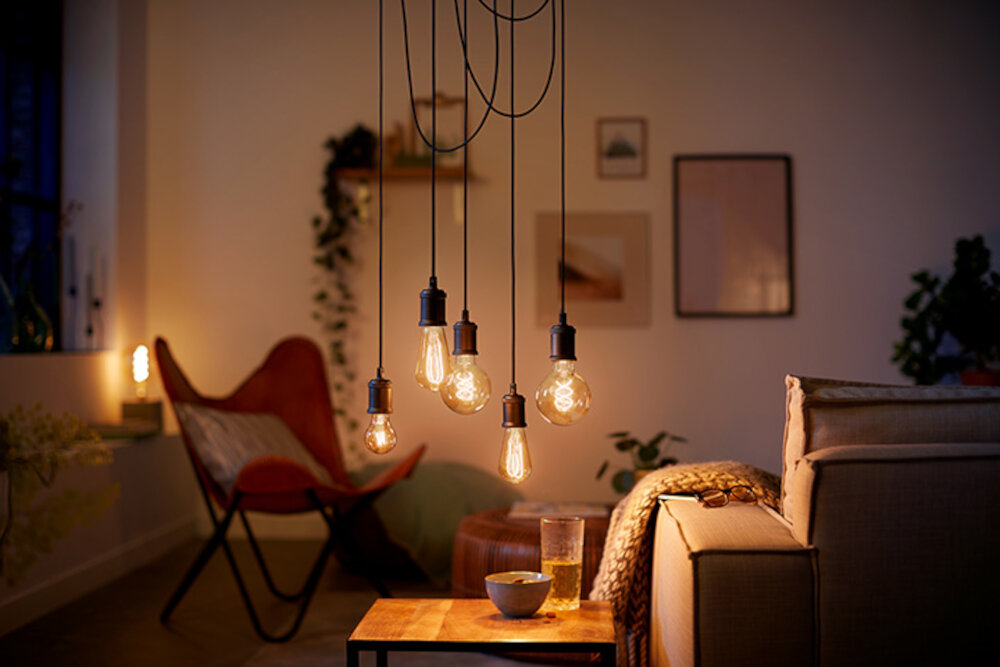
LED light colors have a vast range of applications in different fields. In the medical field, blue LED light is used to treat jaundice in newborn babies. This treatment is called phototherapy, and it involves exposing the baby’s skin to blue LED light, which helps to break down bilirubin in the blood. Red LED light is also used in the medical field to promote wound healing and reduce inflammation. This treatment is called photobiomodulation therapy, and it involves exposing the affected area to red LED light, which stimulates the cells to regenerate and heal. In the entertainment industry, LED light colors play a significant role in creating an immersive experience for the audience. Different colors are used to create different moods and emotions. For example, blue LED light is used to create a calm and serene environment, while red LED light is used to create a sense of urgency or danger. Green LED light is often used in horror movies to create a spooky and eerie atmosphere. LED lights are also used in stage lighting to create different effects, such as strobe lighting, color washes, and spotlights. Overall, LED light colors have a broad range of applications in various fields, and their versatility makes them a popular choice for many different purposes.
Home lighting plays a crucial role in setting the mood and ambiance of a living space. With the emergence of LED technology, homeowners now have access to a wide range of light colors that can be used to create different atmospheres. Warm white LED lights have a yellowish hue that creates a cozy and inviting atmosphere, while cool white LED lights have a bluish tint that gives a modern and sleek look. Daylight LED lights mimic natural sunlight and are perfect for task-oriented areas such as kitchens and bathrooms. Understanding the meaning behind LED light colors is essential in achieving the desired mood and functionality of any living space.
Automotive lighting is an essential aspect of every vehicle that plays a crucial role in ensuring the safety of drivers and passengers, especially in low-light conditions. LED lights have revolutionized the automotive lighting industry due to their energy efficiency, durability, and versatility. LED lights come in a variety of colors, such as white, blue, green, red, and amber, each serving a unique purpose. White LED lights are the most common and provide excellent visibility in dark conditions. Blue LED lights are often used for aesthetic purposes, while green LED lights are used to enhance night vision. Red LED lights are commonly used for brake lights, and amber LED lights are used for turn signals and hazard lights. Understanding the meaning of each LED light color is critical in ensuring safe driving practices and optimal vehicle performance.
Emergency lighting is an essential aspect of any building’s safety system, providing a reliable source of illumination in the event of an emergency or power outage. Typically, emergency lighting utilizes LED technology, which offers superior efficiency, longevity, and reliability compared to traditional lighting sources. The color of emergency lighting can also convey important information to occupants, with red indicating a fire emergency, green indicating the presence of safety equipment, and amber indicating an exit route. Understanding the different colors of emergency lighting and their meanings can help occupants respond appropriately in the event of an emergency, ensuring their safety and well-being.
Advertising is a powerful tool used by companies to promote their products and services. With the rise of LED lights, advertising has become even more effective with the use of colorful LED displays. LED lights come in a variety of colors, each with its own unique meaning and purpose. Red is often associated with excitement and urgency, while blue is calming and relaxing. Green is commonly used to represent nature and growth, while yellow is associated with warmth and happiness. By understanding the different meanings behind LED light colors, businesses can use them to effectively communicate their message and attract customers.
Factors Affecting LED Light Colors
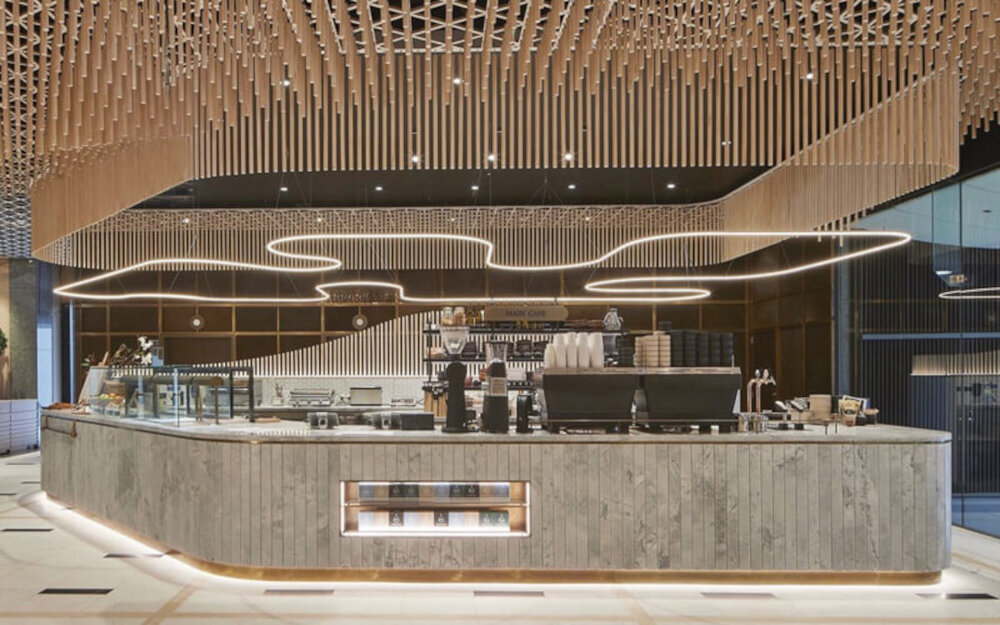
The color of LED lights is determined by several factors, including the materials used in the LED, the amount of electric current that flows through it, and the chemical composition of the phosphors that coat the LED. The materials used in the LED have a significant impact on the color of the light emitted. Different materials produce different colors, with some materials producing a blue or green light and others producing a red or orange light. The amount of electric current flowing through the LED also affects the color of the light. A higher current will produce a brighter, more intense light with a cooler color temperature, while a lower current will produce a softer, warmer light. Another factor that affects the color of LED lights is the chemical composition of the phosphors used to coat the LED. Phosphors are used to convert the blue or ultraviolet light emitted by the LED into a different color. Different types of phosphors produce different colors, with some producing a cool, bluish-white light and others producing a warm, yellowish-white light. The combination of materials used in the LED and the type of phosphors used to coat it can result in a wide range of colors, from red and orange to green, blue, and white. Understanding the factors that affect LED light colors can help you choose the right type of LED lighting for your needs, whether you’re looking for a warm, cozy glow or a bright, cool light for task lighting.
Temperature is an important factor when it comes to understanding LED light colors. The color of the light emitted by an LED can be altered by changing the temperature of the device. LEDs emit light when electrons move from one energy level to another. This process is affected by the temperature of the device. Higher temperatures result in more electron movement and a higher energy level, which in turn produces a different color of light. Therefore, it is important to consider the temperature of an LED when selecting the appropriate color for a specific application.
Current is an essential aspect of understanding LED light colors. It is the flow of electric charge through a conductor, and it is measured in amperes. The current passing through an LED determines its brightness and color. The current that flows through the LED should be limited to prevent it from getting damaged. The current also affects the lifespan of the LED, as higher currents can cause it to burn out faster. Therefore, it is essential to choose the appropriate current for the LED to ensure that it operates efficiently and lasts longer. Understanding the concept of current is crucial in decoding LED light colors and selecting the right one for your needs.
Material composition is a crucial factor in determining the color of LED lights. The composition of the semiconducting material used in the LED chip directly affects the wavelength of light emitted, which in turn affects the color of the light. For example, red LEDs are made of a combination of aluminum gallium indium phosphide (AlGaInP) and gallium arsenide (GaAs) materials, while blue LEDs are made of gallium nitride (GaN) material. By controlling the composition of the LED chip, manufacturers can produce a wide range of colors, including white light, which is achieved by combining red, green, and blue LEDs. Understanding the material composition of LEDs can help consumers make informed decisions when choosing lighting for their homes or businesses.
The age of the LED has brought about a revolution in lighting technology. LEDs or Light Emitting Diodes are tiny, energy-efficient light sources that have replaced traditional incandescent bulbs and fluorescent tubes in homes, offices, and public spaces. What makes LED lights so popular is their long lifespan, low power consumption, and the ability to produce a wide range of colors. Today, we can choose from an endless variety of LED light colors that can be customized to suit our preferences, moods, and applications. Understanding the meaning of LED light colors is essential in creating the right ambiance, setting the right mood, and achieving the desired visual effects.
Tips for Choosing the Right LED Light Color
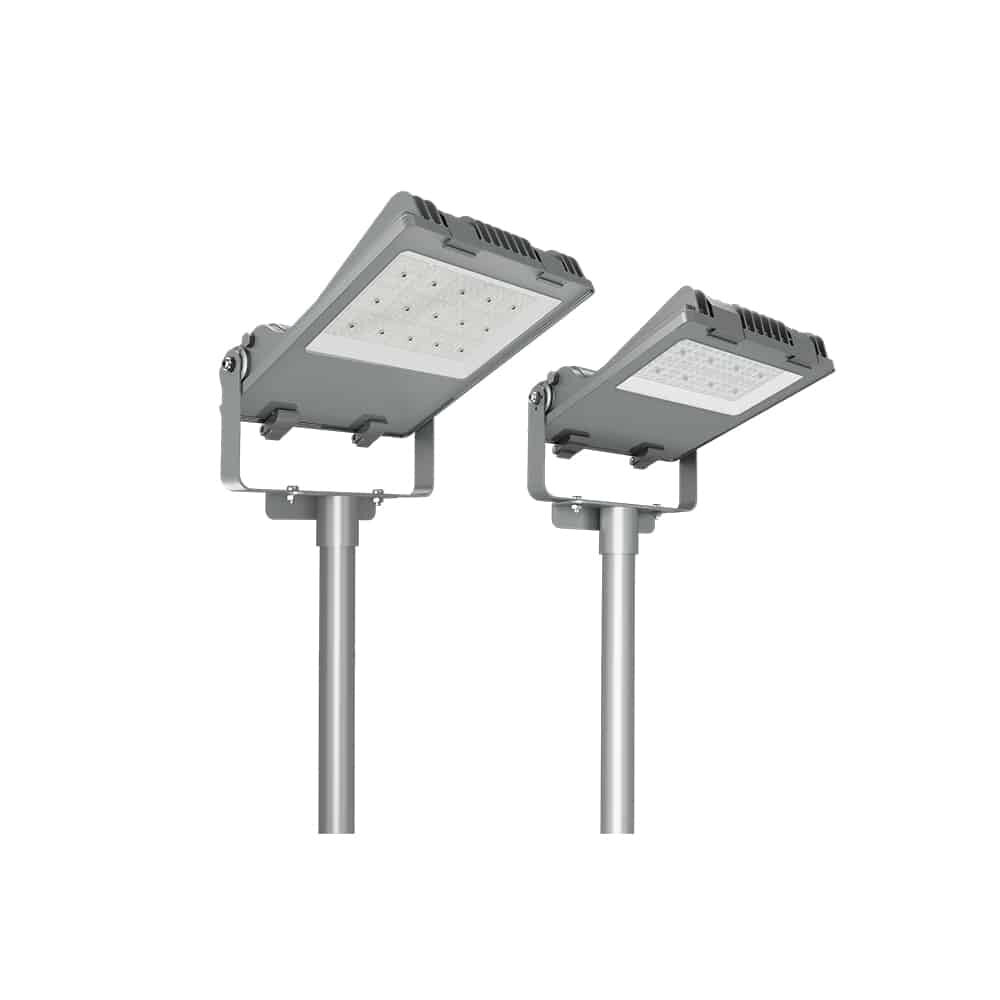
Choosing the right LED light color is crucial to create the perfect ambiance for your space. LED lights come in a variety of colors, from warm white to cool white, and even colored lights. The color of the light can affect the mood and feel of your space, so it’s important to choose wisely. When selecting the right LED light color, consider the purpose of the room and the atmosphere you want to create. For example, warm white light is perfect for creating a cozy and relaxing atmosphere in a bedroom, while cool white light is ideal for task-oriented spaces like a home office or kitchen. Another factor to consider when choosing the right LED light color is the color temperature. The color temperature is measured in Kelvin (K) and ranges from warm to cool. Warm white light has a lower color temperature, usually between 2700K-3000K, while cool white light has a higher color temperature, typically between 4000K-5000K. For a relaxing and calming atmosphere, choose LED lights with a lower color temperature. If you want a bright and energizing environment, opt for LED lights with a higher color temperature. By considering these factors, you can choose the perfect LED light color for each room in your home, creating a comfortable and welcoming atmosphere.
When it comes to LED lights, understanding the different colors they emit can be crucial in determining their application. For instance, blue and green LED lights are commonly used in indoor gardening as they promote plant growth, while red and orange lights are used in outdoor settings to attract and repel insects. Similarly, yellow LED lights are ideal for creating a cozy and warm atmosphere, making them perfect for use in living rooms and bedrooms. Understanding the various applications of LED light colors can help you make informed decisions when selecting the right lighting for your space or project.
Understanding the concept of color temperature is crucial in decoding LED light colors. Color temperature refers to the color appearance of light emitted by a light source, measured in degrees Kelvin (K). The temperature scale ranges from warm colors, such as red and yellow, to cool colors, such as blue and green. Warm colors have lower color temperature, usually between 2700K to 3000K, while cool colors have higher color temperature, ranging from 4000K to 6500K. Color temperature affects the mood and ambiance of a space, making it important to choose the right color temperature for different settings. Warm colors are often used in residential settings, while cool colors are preferred in commercial and industrial applications. Therefore, understanding the color temperature of LED lights is essential in selecting the right lighting solution for any space.
Choosing the right intensity of LED light is crucial in achieving the desired effect. Depending on the purpose of the lighting, the intensity can range from subtle and soft to bright and energizing. For instance, warm white LED lights with lower intensity are ideal for creating a cozy and relaxing ambiance in a bedroom, while cool white LED lights with higher intensity are suitable for illuminating a work area or a kitchen. It is essential to consider the mood and atmosphere you want to create before selecting the intensity of LED lights. With the right intensity, LED lights can enhance the aesthetic appeal of a space and create a comfortable and inviting environment.
When it comes to understanding the meaning behind LED light colors, it’s important to consider the mood or effect that you want to create. Each color has a distinct psychological impact on the space it illuminates, and understanding these effects can help you achieve the desired atmosphere in your home or workplace. For example, warm colors like red and orange can evoke feelings of energy and passion, while cool colors like blue and green can create a sense of calm and relaxation. Additionally, different shades and intensities of each color can further impact the mood of a space, so it’s essential to consider your specific lighting needs before choosing the perfect LED color for your needs.
Understanding LED light colors is essential for determining the mood and ambiance of a space or event. LED lights come in a variety of colors, each with its unique meaning and purpose. For example, warm white LED lights create a cozy and welcoming atmosphere, while cool white LED lights are more suitable for functional and practical spaces such as offices or garages. Red LED lights are often used for creating a romantic or passionate environment, while blue LED lights can create a calming and soothing effect. Understanding the meaning behind LED light colors can also help in creating a cohesive and aesthetically pleasing design, whether it’s for a home, commercial space, or event.
LED lights are becoming increasingly popular in homes, offices, and public places. Understanding the different colors of LED lights can help you make the right choice for your space. The most common LED light colors are red, blue, green, yellow, white, and warm white. Red LED lights are often used for accent lighting, as they create a warm and cozy atmosphere. Blue LED lights are ideal for task lighting, as they help improve concentration and focus. Green LED lights are calming and can help reduce stress and anxiety. Yellow LED lights create a warm and welcoming environment, making them perfect for living spaces. White LED lights are versatile and can be used for general lighting, while warm white LED lights are perfect for creating a cozy and relaxed atmosphere.
In conclusion, choosing the right LED light color comes down to understanding the intended use and the desired atmosphere. The color temperature of the LED bulb can impact the mood and productivity of a space, so it’s important to consider the purpose of the room. For example, warm white lighting is ideal for creating a cozy and relaxing environment, while cool white lighting is better suited for task-oriented areas like the kitchen or bathroom. Additionally, the color rendering index (CRI) is crucial when it comes to accurately representing colors, making it an important factor for spaces like art studios or makeup areas. With a better understanding of LED light colors, you can create the perfect lighting scheme to suit your needs and preferences.
Conclusion
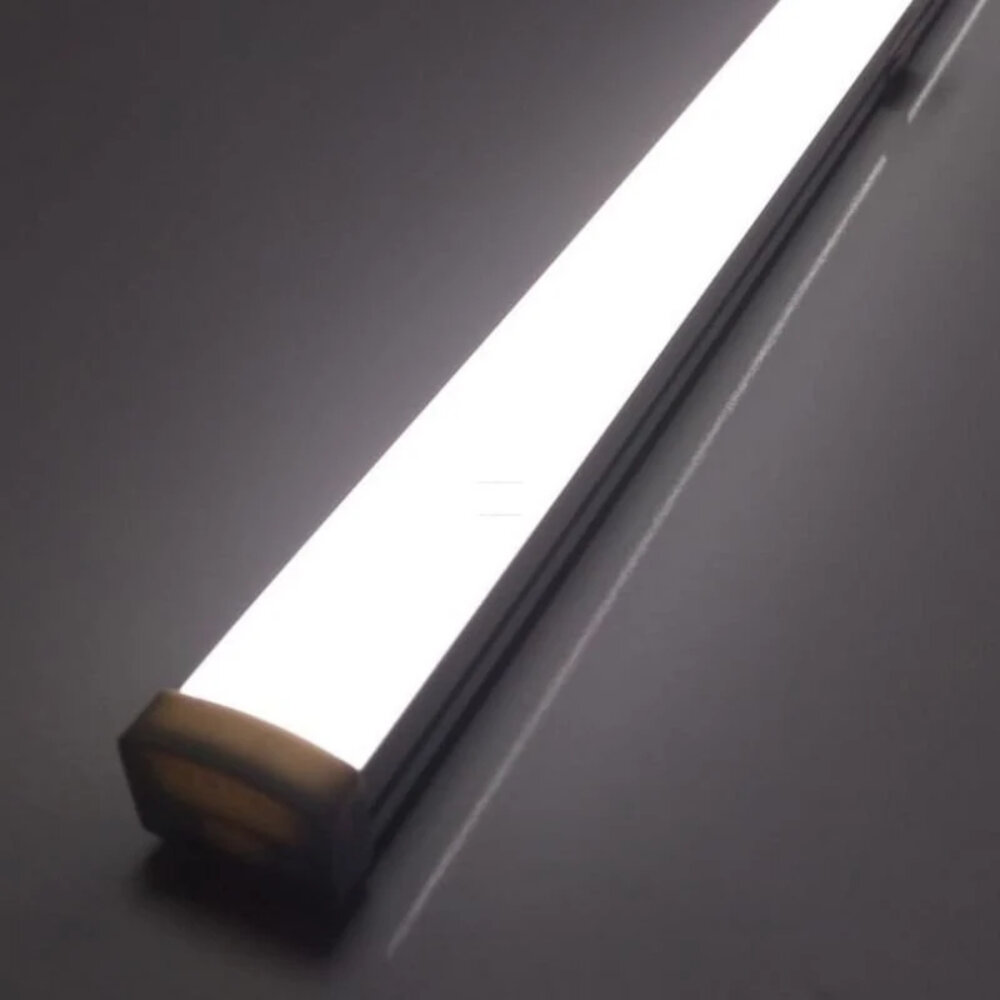
In conclusion, understanding the meaning behind LED light colors can greatly enhance our daily lives. From safety and warning signals to creating a desired ambiance, LED lights play an important role in our modern world. By familiarizing ourselves with the different colors and their meanings, we can better navigate our surroundings and utilize LED lights to their fullest potential. Whether it’s a red traffic light telling us to stop or a blue light calming our minds, each color serves a purpose and can have a significant impact on our mood and behavior. So the next time you encounter an LED light, take a moment to appreciate the message it’s conveying and the role it plays in our daily lives.


